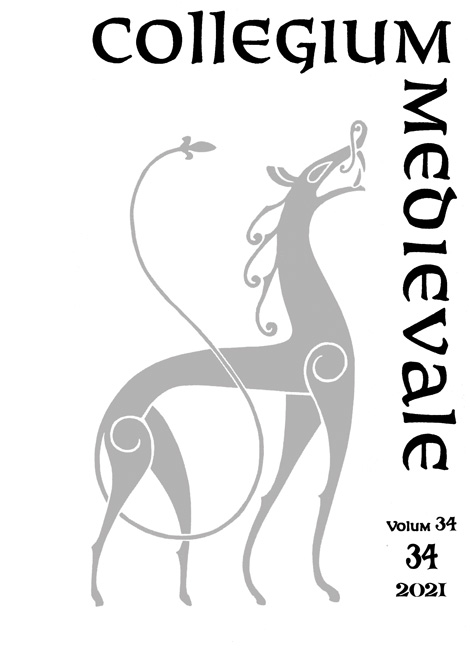Sammendrag
In this article, we present a new interpretation of the early medieval Church organisation in Stavanger diocese, South-Eastern Norway. By merging parts of two dioceses, Selja in the west and Vik in the east (the two primary dioceses in Norway), Stavanger diocese is establish c. 1103-1123. We focus on the development and identification of the early public churches in this area. Based on various criteria, such as bishop's itineraries, size of choir, presence of dean, spread of landed property (mensa), and co-location and nearness to thing-sites, we identify for the first time the fylkiskirkur in the diocese, the fjórðungskirkiur in Rogaland and other public churches on lower levels in Rogaland, Nord-Agder and Valdres. In the twelfth century, there were three kinds of "public" churches in the western part of the diocese: the fylkiskirkja ('county church'), the fjórðungskirkja ('quarter church') and the attungskirkja ('eight church'), in addition to private churches called høgendiskirkiur ('convenience-churches'). While the eastern part included only the fylkiskirkja and the heraðskirkja (both public), in addition to private churches. In the thirteenth century a more homogenous church-system emerge, with hovedkirker ('main churches') and subordinate annekskirker (parish-churches, including former private churches). Overall, the early public church organisation seem based on civil subdivisions of the fylki. It connects closely to the various levels of judicial districts (þing, assemblies). The rural deanery (Norw. prosti), which was an ecclesiastical rather than a civil division, developed from one of these civil subdivisions, the fjórðung. However, the thirteenth-century formation of the lower ecclesiastical units (prestegjeld and sogn) followed its own course detached from older civil divisions. In Rogaland and Nord-Agder, the fylkiskirkur were located relatively far north in their counties. This applies to Avaldsnes or possibly Hesby, Mariakirken in Stavanger and Vanse. The location may have been adapted to the bishop's travels from the north (Selja). We propose Tromøy c. 1100 as the fylkiskirkja in Aust-Agder, Vik diocese, before the incorporation into Stavanger diocese. Later, Landvik church (built in first half of the twelfth century) may have taken its role as fylkiskirkja. The bishop of Stavanger seems to have preferred a church more central to Aust-Agder as fylkiskirkja. Landvik retained its high status until Agder divides into three deaneries c. 1400. Øyestad and Halså now became the foremost central churches, while Vanse shows continuity throughout the Middle Ages. Further, we identify Slidre as fylkiskirkja in Valdres, Torpo in Hallingdal and Bygland in Råbyggelag.

Dette verket er lisensiert under Creative Commons Attribution-ShareAlike 4.0 International License.
Opphavsrett 2021 Iversen & Brendalsmo

